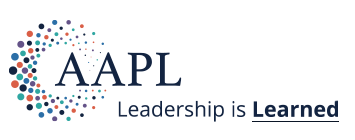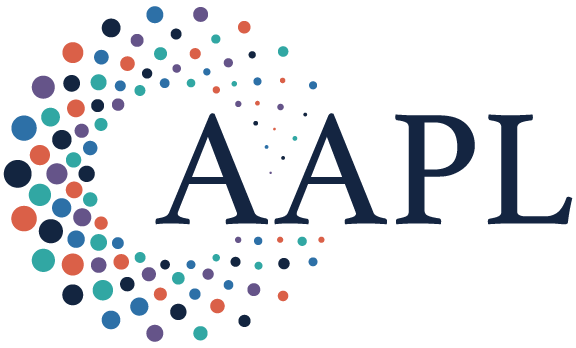Summary:
Learn how to get people to pay attention during business training. Development professionals should bring mindfulness into their classroom experiences.
For organizations to maximize their return on investment, all development professionals must pay attention to paying attention. Mindfulness training can help.
Companies in the U.S. spend billions of dollars on training and development. But very little time or money is spent on preparing and enabling the mind of the learner. Too many people enter learning experiences with too much on their minds.
For organizations to maximize their return on investment in training, all development professionals must pay attention to paying attention. Mindfulness training can help.
It’s up to development professionals to bring mindfulness into their classroom experiences. Here’s how:
Create a conducive environment for learning: Ideally, learning environments should have minimal clutter, open spaces for introspection and collaboration, large windows for optimal daylight and quiet nooks for personal reflection.
Minimize all distractions: Research shows that when people get distracted, it can take nearly 30 minutes for them to come back to what they were doing. And the more complex the task, the longer it takes. In a classroom setting, have people turn off and put away all devices.
Start with two minutes of mindfulness: A few minutes of mindfulness training at the beginning of a learning experience, and between each new learning segment, can help participants clear mental clutter and be open to new ideas. This can be as simple as two minutes of sitting still, focusing on the breath and letting go of distractions.
Take mindful breaks: Help participants resist the urge to check their phones. Instead, encourage them to enjoy a mindful break, which could include a walk outside, writing in a journal or discussing new knowledge with a colleague.
Image credit: New York Times
Topics
Action Orientation
Performance
Communication Strategies
Related
Stop Running So Many AI PilotsManaging a Productive Prima DonnaPhysicians Can Play a Role in the Safety of Patients Considering Treatments AbroadRecommended Reading
Operations and Policy
Stop Running So Many AI Pilots
Operations and Policy
Managing a Productive Prima Donna
Strategy and Innovation
Physicians Can Play a Role in the Safety of Patients Considering Treatments Abroad
Strategy and Innovation
Is This a Moment for Strategic Hibernation?


